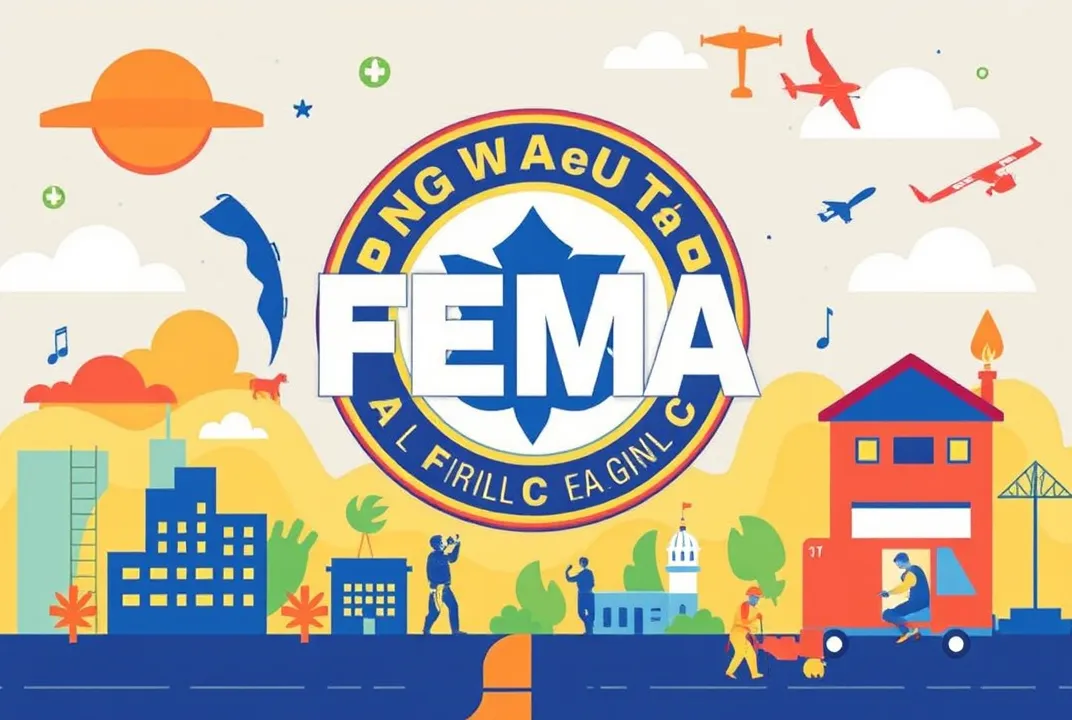Introduction: The Unseen Heroes of Disaster Preparedness
In a town nestled between the mountains and a sprawling river, the sun shone brightly on an ordinary Saturday morning. Families engaged in weekend activities, children played in yards, and the aroma of fresh coffee wafted through the air. Yet, unbeknownst to the residents, the looming threat of natural disasters—a sudden flash flood or landslide—could shatter this tranquility in an instant. But this story isn’t just about the impending danger; it's about how the Federal Emergency Management Agency (FEMA) is reshaping the landscape of emergency preparedness, enhancing community resilience, and turning ordinary citizens into extraordinary heroes.
The Changing Face of Emergency Preparedness
A Shift in Strategy
Historically, emergency management has often been reactive—responding to disasters after they occur. This approach left communities vulnerable and unprepared for the chaos that ensued. However, recent developments within FEMA have initiated a significant paradigm shift towards proactive measures. In 2023, FEMA introduced innovative programs focused on community engagement, education, and resource allocation, aiming to bolster local preparedness.
Real-World Implications
Consider the town mentioned earlier. Over the last few years, they have participated in FEMA-sponsored workshops designed to foster community resilience. These workshops not only educated residents about the types of disasters likely to affect them but also empowered them to develop individual and collective emergency response plans. This proactive approach transformed how the community viewed emergencies.
Building community resilience
Engaging the Heart of the Community
At the core of FEMA's new strategy is the recognition that community resilience is built on strong interpersonal relationships. Programs encouraging neighborly connections are crucial. In our story town, residents began organizing "preparedness potlucks," where families shared food, learned about emergency kits, and exchanged contact information. These gatherings served dual purposes: they strengthened community bonds and created a network of mutual aid during crises.
Training the Next Generation
FEMA’s initiatives also target the younger population. In 2023, they launched the "Youth Preparedness Program," engaging schools and youth organizations. Local students participated in hands-on exercises, simulating emergency scenarios, and learning vital skills like first aid, crisis communication, and evacuation procedures. These programs foster a sense of responsibility and preparedness in the younger generation, ensuring that they play pivotal roles in their communities when disaster strikes.
Real-Life Success Stories
From Vulnerability to Strength: A Community Transformed
Take the case of Green Valley, a small community that faced a devastating wildfire in 2020. The aftermath revealed the town’s lack of emergency preparedness, resulting in chaos and confusion. Learning from this, the local government collaborated with FEMA to implement a comprehensive preparedness plan.
By 2023, Green Valley had transformed into a model of resilience. Community members organized regular drills, established communication channels, and developed a local emergency response team. When wildfires threatened the area again, the town was ready. Residents evacuated safely, shared resources, and supported each other, saving lives and property. This success story exemplifies how FEMA's focus on community-driven preparedness can create formidable barriers against disaster.
The Role of Technology
In addition to community engagement, technology plays an instrumental role in modern emergency preparedness. FEMA has embraced digital tools and platforms that connect communities with real-time information. The “Ready.gov” website, for instance, provides resources, checklists, and guidelines tailored to local needs. Moreover, mobile applications capable of sending alerts directly to residents ensure that critical information reaches those who need it most during emergencies.
The Psychological Impact of Preparedness
Cultivating a Resilient Mindset
The emotional and psychological effects of being prepared are often overlooked. Recent studies indicate that individuals who are well-prepared for disasters experience lower anxiety and stress levels. The residents of our story town, now equipped with knowledge and resources, report feeling more secure and empowered.
The Role of Community Support
Furthermore, the communal aspect of preparation fosters a sense of belonging and support. In Green Valley, for example, families who participated in preparedness events formed bonds that extended beyond disaster readiness. These relationships cultivated a culture of collective responsibility, where looking out for one another became second nature. Such social cohesion is a vital component of community resilience, acting as a buffer against the psychological toll disasters impose.
Conclusion: A New Dawn for Emergency Preparedness
As the sun sets on that ordinary Saturday in our story town, the residents may not be aware of it, but they are part of a larger narrative—a revolution in emergency management led by FEMA. Through innovative programs, community engagement, and a commitment to education, FEMA has turned vulnerability into strength, transforming ordinary citizens into extraordinary agents of resilience.
The journey is ongoing, but the lessons learned are clear: preparedness is not just about having supplies; it’s about building relationships, fostering a culture of readiness, and empowering individuals to act decisively. As communities across the nation adopt these principles, they are not only preparing for the next disaster—they are forging a path toward a more resilient future.
In the face of uncertainty, this new approach to emergency preparedness gives towns like Green Valley a fighting chance, ensuring that when the next crisis arises, their response will be as strong as the bonds they’ve built.


 Understanding Earthquakes: Causes, Effects, and Safety Tips
Understanding Earthquakes: Causes, Effects, and Safety Tips
 Whirling Wonders: How Tornadoes Form and the Science Behind Their Mighty Power
Whirling Wonders: How Tornadoes Form and the Science Behind Their Mighty Power
 Honoring Resilience: Stories Behind the Victims of the New Orleans Attack
Honoring Resilience: Stories Behind the Victims of the New Orleans Attack
 Unraveling the Impact of the Castaic Fire: What You Need to Know
Unraveling the Impact of the Castaic Fire: What You Need to Know
 Sepulveda Fire: What You Need to Know and How to Stay Safe
Sepulveda Fire: What You Need to Know and How to Stay Safe